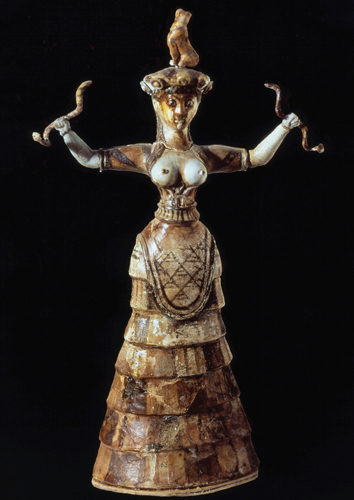What was Ofra Haza’s cultural background? What had happened to her music? What do you hear in “Im Nin’alu” that shows (A) the influence of traditional Arab music and (B) Western influence?
What will be an ideal response?
• Ofra Haza was a Yemeni Jew who "grew up in Israel performing in community theater." (Yemen is "home to Jews, Muslims, and Christians who differ in terms of ethnicity, socio-economic class, and political organization. . . . [In 1948] Israelis sent planes to evacuate virtually the entire Jewish community (50,000) from Yemen to Israel.")
• "She was picked up on the nascent mediascapes of international pop music and, by the 1990s was a strong player in a relatively new music/marketing category called ‘World Beat' or ‘EthnoPop,' something we now more often find under the ambiguous term "world music."
• Arab influence:, "Im Nin'alu is "from the traditional collection of religious songs of the Yemenite Jews called the Divan and was written by a 17th century poet, Rabbi Shalom Shabbezi. . . . [Y]ou can hear a brass tray and tin can, household items that acquired the function of percussion instruments during a time of musical repression in Yemen."
• Western influence: The music features a "quasi-Western sounding chamber ensemble that includes oboes and violin . . ."
• Note the solo female voice (Ofra Haza) sings (A) unaccompanied in free meter at the beginning of the selection followed by an abrupt change to (B) strong, rhythmic music in a Western meter (solo female voice continues accompanied by ethnopop background). (A) = Arab influence, (B) = Western influence
You might also like to view...
Who called Ghiberti's doors the "Gates of Paradise"?
a. Michelangelo b. Brunelleschi c. Vasari d. Masaccio
?

A. Mycenaean B. Cycladic C. Cretan D. Minoan
In how many movements is Mendelssohn's Violin Concerto in E minor?
A. Five movements B. One long movement C. Three movements D. Four movements
When shooting a feature film, cinematographers are discouraged from mixing different types of film stock in order to maintain consistency of tone and atmosphere.
Answer the following statement true (T) or false (F)